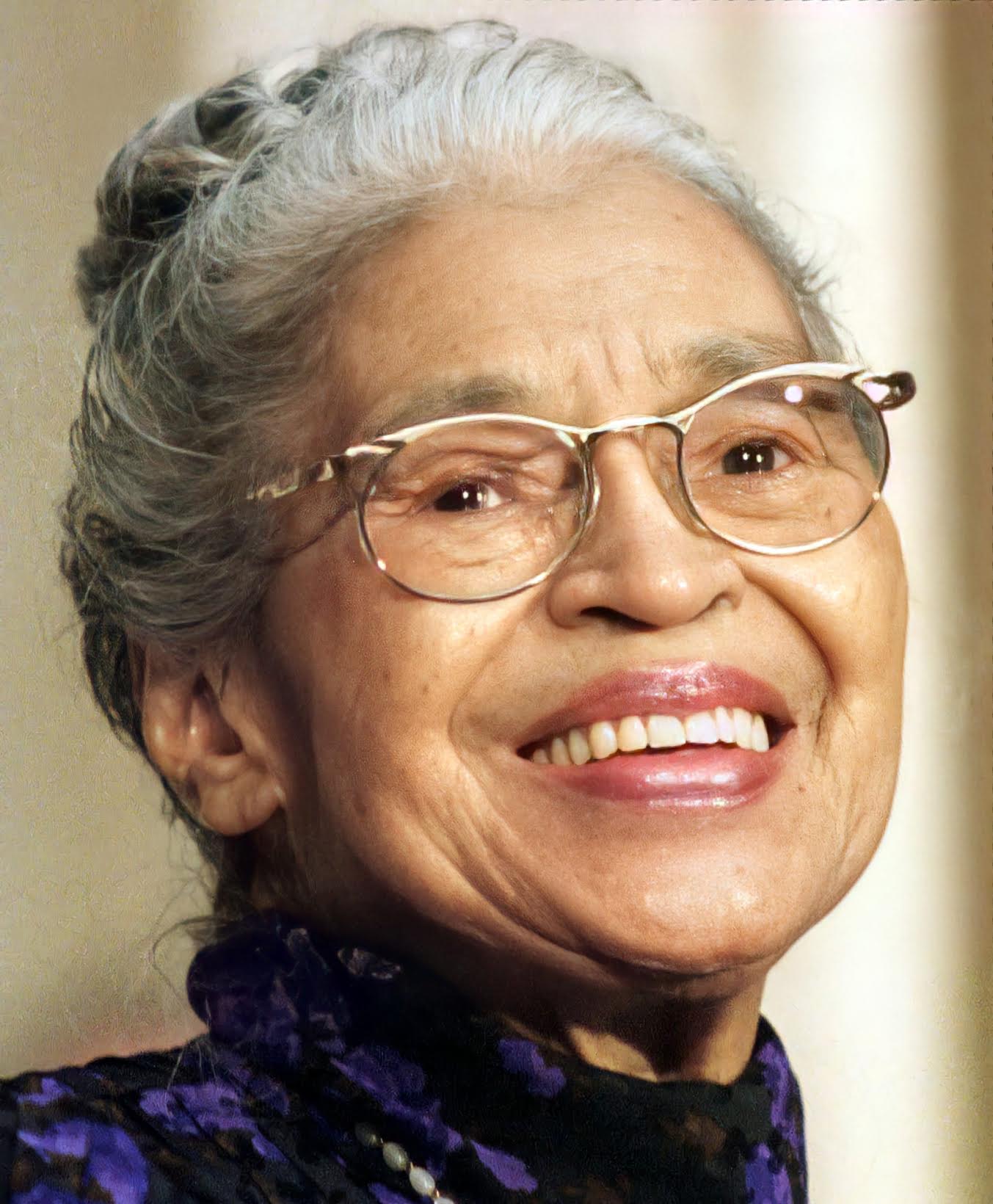Google Image
Levon Campbell III
Staff Writer
Sixty-nine years ago, Rosa Parks, a seamstress and Civil Rights activist, refused to surrender her seat on a crowded bus, sparking the Civil Rights Movement. Park’s defiance challenged the systems that kept people enslaved to racial injustices, and her courage and resilience in the face of adversity became symbolic not only for the Civil Rights Movement but also for human freedom.
According to the biography Rosa Parks: A Life in American History by Darryl Mace, Rosa McCauley, who later adopted the name Rosa Parks, was born on Feb. 4, 1913, in Tuskegee, Ala. Her parents, James and Leona McCauley separated when Rosa was two, and Rosa’s mother moved the family to Pine Level, Ala., to live with her parents, Rose, and Sylvester Edwards. Both of Rosa’s grandparents were formerly enslaved people and strong advocates for racial equality.
Parks experienced racial discrimination and activism for racial equality at an early age. Her grandfather stood in front of their house with a shotgun while members of the Ku Klux Klan marched down the street.
According to www.biography.com, she also fought back physically against bullying from other children, saying: “I could never think in terms of accepting physical abuse. If possible, I always retaliated against my abusers.”
In 1932, at the age of 19, Rosa met and married Raymond Parks, a barber and an active member of the NAACP. She was a member of the League of Women Voters. They did not have children, and their marriage lasted until he died in 1977.
After graduating high school, Rosa remained active in civil rights issues by joining the NAACP’s Montgomery chapter in 1943. She served as the youth leader in addition to being the secretary to the NAACP President E.D. Nixon until 1957.
On Dec. 1, 1955, Parks, who was forty-two and working at the Montgomery Fair department store, was commuting home from work by bus. Despite the segregation laws, about 70 percent or more riders on the bus were black.
Parks was required to sit in the back of the bus. The bus driver asked four black passengers in the front row to stand up to give up their seats to a white rider who was standing. Parks was the only one who did not comply.
“People always say that I didn’t give up my seat because I was tired,” Parks wrote in her autobiography. “But that isn’t true. I was not tired physically, but I was tired of giving in.”
Eventually, two police officers arrived at the bus where Parks was detained and brought her into custody. Word of Parks’ arrest spread quickly, and her husband and mother were present when she was released on bail.
Civil rights leader E.D. Nixon had been searching for a plaintiff to test the validity of segregation laws and had quickly recognized Parks as that potential plaintiff. Another idea arose during this time: The black population in Montgomery would boycott the buses on the day of Parks’ trial, which would happen on Dec. 5,1955.
On that day, Parks would be found guilty of violating segregation laws. She was given a suspended sentence and a fine of $14. Meanwhile, the boycott was larger than anticipated, and civil rights leaders formed the Montgomery Improvement Association (MIA) to manage it. Reverend Dr. Martin Luther King, Jr. was elected as the MIA’s president, despite his young age and short time in the area.
As appeals and lawsuits related to the Montgomery Bus Boycott worked their way through the courts, whites became angrier, and some violence ensued. Nixon and King’s homes were bombed. Despite this, boycotters and their leaders were determined, and the boycott continued to gain national and international attention.
On Nov. 13, 1956, the Supreme Court ruled that bus segregation was unconstitutional, ending the boycott. Parks, who had unfortunately lost her job and faced harassment, became known as the “Mother of the Civil Rights Movement”.
After enduring continued harassment and threats after the boycott ended, Parks, her husband, and her mother decided to move to Detroit, where her brother lived. Parks became an aide to Congressman John Conyers in 1965, working until her retirement in 1988.
In 1987, Parks co-founded the Rosa and Raymond Parks Institute for Self-Development, which served the youth in Detroit.
Jordan Pleasant, a senior journalism and media studies major from Jackson, Miss. said, “I feel that Rosa Parks taught African Americans how to stand up for what they know is right. Rosa Parks is a perfect example of not taking no for an answer.” Pleasant stated.
Terrica Talley, a junior with a major in healthcare administration from Kosciusko, Miss., talked about the impact Parks left behind.
“She left an impact to stand up for yourself and just take a stand and do what is right,” said Talley.
In 1999, Parks received the Congressional Gold Medal, the highest honor the United States bestows on a civilian. When she died at the age of 92 on Oct. 24, 2005, she became the first woman to lie in honor at the U.S. Capitol.






Be First to Comment